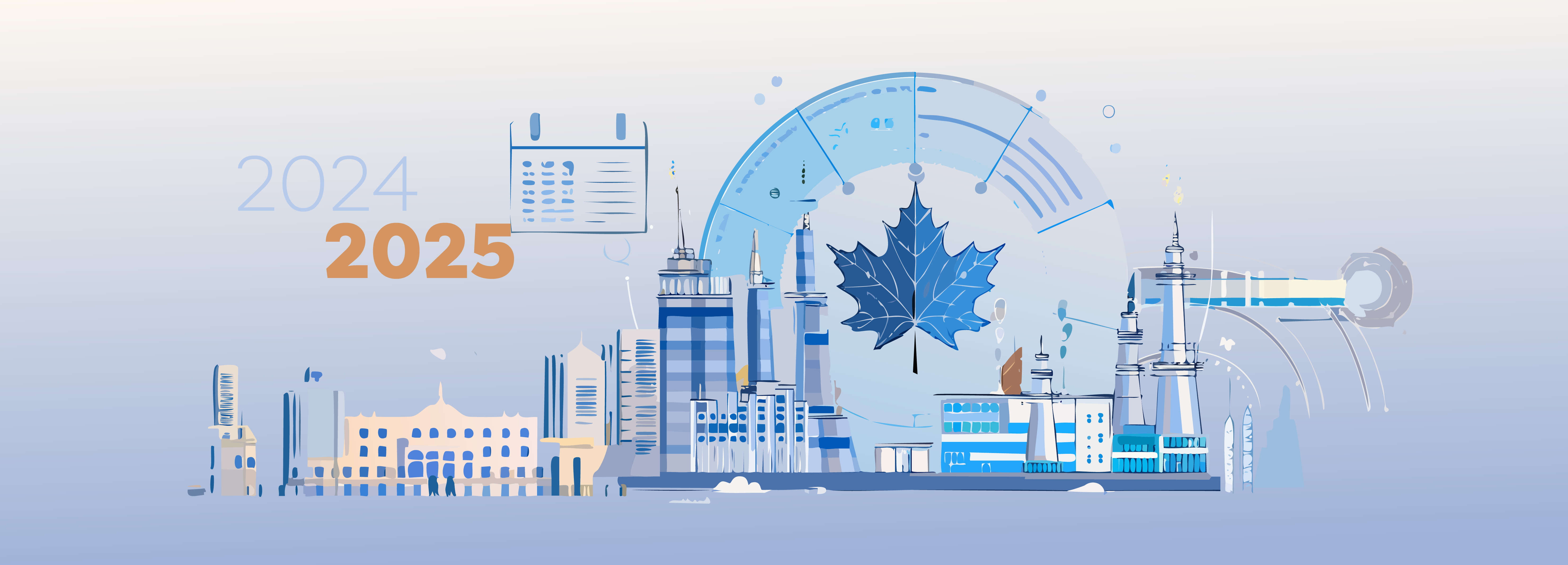What Procurement
and Compliance Leaders
Must Know
A new June 2025 report from Global Rights Compliance (GRC) reveals a deeply troubling link: state-imposed forced labor is entrenched in China’s Xinjiang Uyghur Autonomous Region (XUAR), a region that now plays a central role in global mineral extraction, processing, and manufacturing.
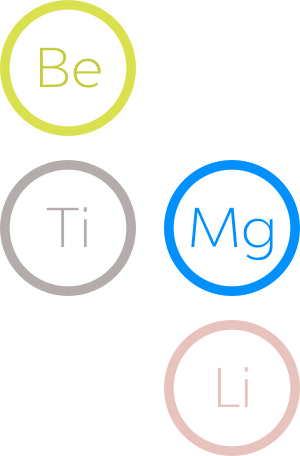
As the global demand for critical minerals like lithium, titanium, beryllium, and magnesium accelerates—driven by the clean energy transition and digital transformation—a darker truth is emerging from the upstream supply chains that make this progress possible.
China’s Dominance—and Hidden Costs
China controls at least one stage of production for the vast majority of minerals deemed “critical” by global governments. The report highlights that 88% of China’s mineral types are found in the XUAR, with 77 of those ranking in the country’s top 10 reserves. Investments in the region’s extractive industries have exploded—bringing along systemic abuse.
State-mandated labor transfers and surveillance-based coercion have become tools for repressing Uyghur and Turkic populations, while reducing operating costs for major industrial actors. The result: a flood of low-cost minerals into global markets—tainted by human rights abuses and propped up by coal-fired energy.
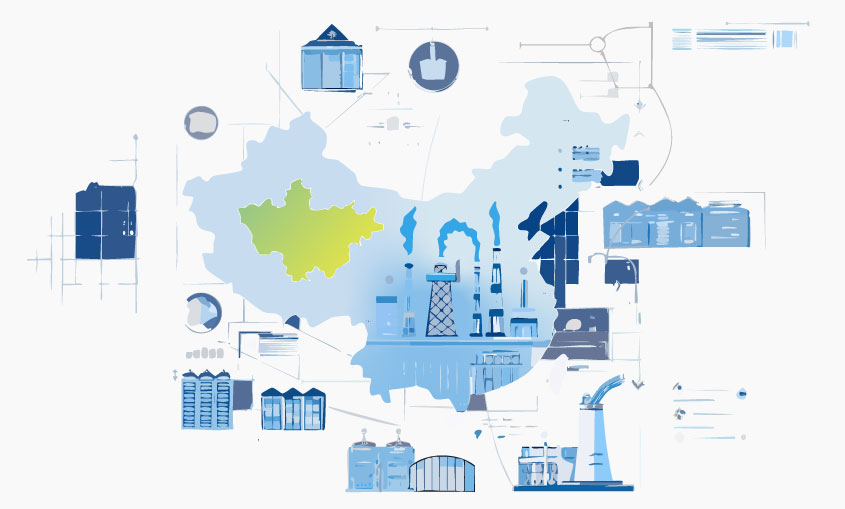
High-Risk Minerals: Tied to Global Supply Chains
GRC’s report focuses on four minerals with especially high risk:
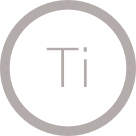
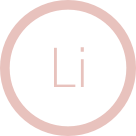
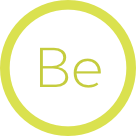

GRC identified 77 mineral companies operating in the region, 15 with documented sourcing relationships, and 68 downstream customers—many of which may not be aware of their exposure.
Why Due Diligence Is Failing
Traditional social audits are ineffective in the XUAR.
Surveillance, intimidation, and anti-espionage laws prevent auditors from gathering truthful, independent worker feedback. Several major audit firms have exited the region, and U.S. agencies have explicitly warned against using audits as a risk mitigation tool in Xinjiang.
Legislative frameworks like the Uyghur Forced Labor Prevention Act (UFLPA) presume that any goods linked to XUAR are made with forced labor—meaning the burden of proof is on importers to prove otherwise.
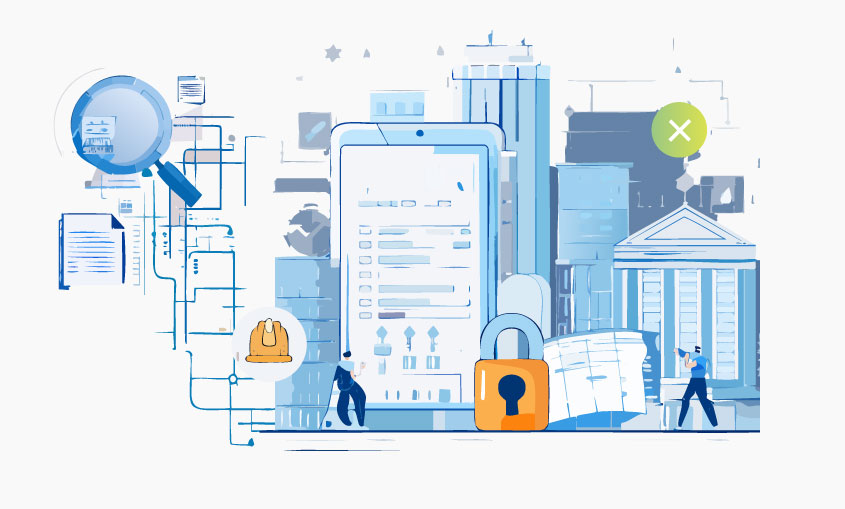
What You Can Do-Now
Procurement, ESG, and compliance professionals must move beyond supplier questionnaires and into full-spectrum supply chain intelligence. That means:
All Tiers
XUAR-linked
Global Laws
Sourcing Decisions
FRDM: Your Defense Against Hidden Forced Labor Risk
We monitor real-time trade flows, match suppliers against government watchlists, and help you comply with UFLPA and international due diligence regulations—without relying on audits.
Don’t wait for a seizure, scandal, or shipment denial.



